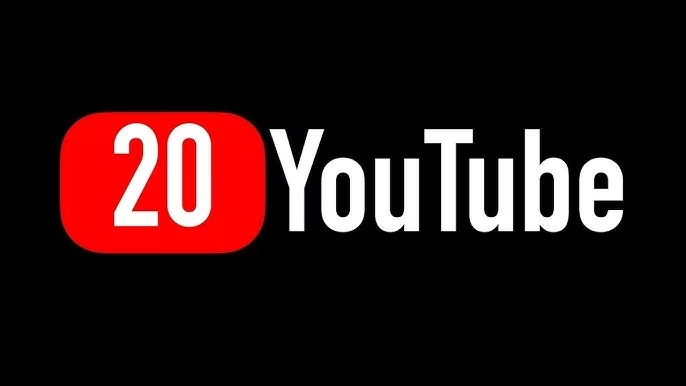Australia Extends Social Media Ban to Include YouTube for Under-16s
SYDNEY, July 30 – In a significant policy shift, Australia announced on Wednesday that Alphabet-owned YouTube will now be included in its groundbreaking ban on social media for children under the age of 16. This move reverses an earlier decision to exempt the popular video-sharing platform, underscoring the government's escalating concerns over online safety for minors. The ban, which passed through parliament last November, is set to take effect in December, with non-compliant social media firms facing substantial fines of up to A$49.5 million ($32.2 million).
The Rationale Behind the Reversal
Initially, there was some debate about whether YouTube, primarily a video platform, fit the "social media" definition for the ban. But as the data rolled in, it became clear that kids were indeed experiencing significant negative impacts there. Other major players, like Meta (the parent company of Facebook and Instagram), Snapchat, and TikTok, had also voiced their objections to YouTube's exemption, arguing that it created an unfair playing field. And frankly, they had a point. If the goal is to protect children across the board, then all platforms with similar risks should be treated equally.
Government's Firm Stance on Online Harm
Prime Minister Anthony Albanese didn't mince words when addressing the issue. "Social media has a social responsibility and there is no doubt that Australian kids are being negatively impacted by online platforms so I'm calling time on it," he stated, emphasizing the government's resolve. His message was clear, really. "Social media is doing social harm to our children, and I want Australian parents to know that we have their backs." It's a powerful statement, reflecting a growing global sentiment that tech companies need to step up their game when it comes to safeguarding younger users. It's not just about what's legal, but what's right.
YouTube's Response and Industry Implications
Following the announcement, a YouTube spokesperson indicated that the company would be "considering next steps" and would continue to engage with the Australian government. Their long-standing position, reiterated in an email, is that "YouTube is a video sharing platform with a library of free, high-quality content, increasingly viewed on TV screens. It's not social media." This distinction, while technically true in some contexts, clearly didn't sway the Australian authorities given the reported exposure to harmful content.
This development certainly puts pressure on YouTube to adapt its content moderation and age verification mechanisms in Australia. But it also sends a strong message across the entire tech industry. Companies can no longer simply define themselves out of regulatory frameworks based on their primary function. If children are interacting on a platform and encountering harm, governments are increasingly willing to step in. It's a wake-up call, if you ask me.
Defining the Scope: What's In and What's Out?
It's important to understand that Australia's ban isn't a blanket prohibition on all online activity for under-16s. Communications Minister Anika Wells clarified which digital spaces remain exempt from these new minimum age rules. Online gaming platforms, messaging apps, and sites primarily focused on health and education are excluded. The reasoning is that these platforms either pose fewer "social media harms" to teens under 16 or are already regulated under different, existing laws.
Wells articulated the government's approach as a dynamic one. "The rules are not a set and forget, they are a set and support," she said. This implies an ongoing commitment to adapt and refine the regulations as the digital landscape evolves, which is pretty crucial in such a fast-moving area. It's a complex balancing act, trying to protect children without stifling access to beneficial online resources.
A Global Precedent?
Australia's decision to implement this "world-first" ban, and now to include a giant like YouTube, sets a significant precedent. It's a bold move that could very well inspire other nations grappling with similar concerns about children's online safety. We've seen a lot of talk globally about regulating social media, but Australia is really putting its money where its mouth is, so to speak.
The implementation in December will be a critical period to watch. How effectively will the law be enforced? What will be the practical impact on young Australians and their digital habits? And perhaps most importantly, will this lead to a tangible reduction in harmful content exposure? The world will be watching to see if this pioneering legislative effort truly delivers on its promise to protect the next generation online. It's a big step, and one that many parents, I'm sure, will be following closely.
